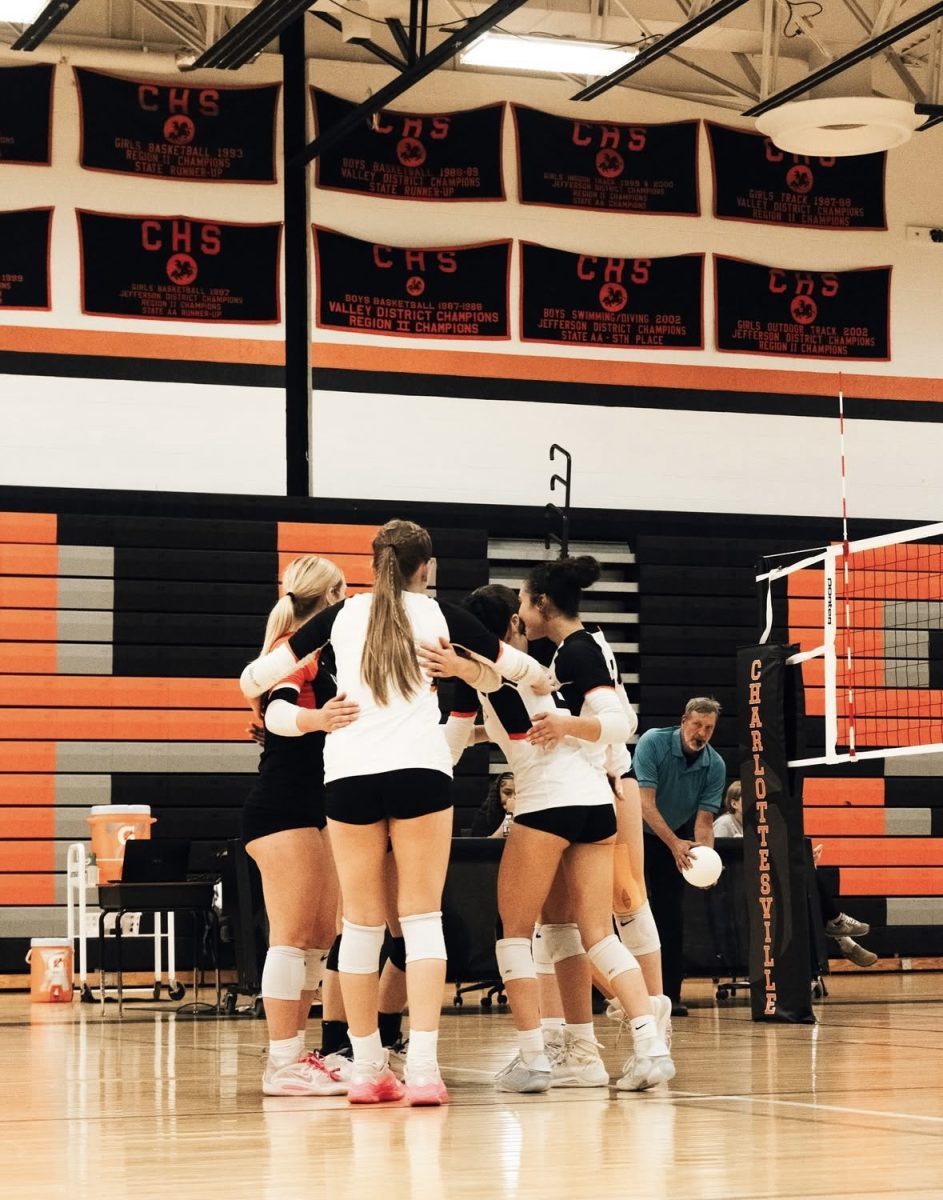A World Without Paid Testing: Hypothetical Or Reality?
October 17, 2017
Only classes for the rich, and yet another hoop to jump through for the less fortunate in our Charlottesville High School community? This could be the result of making C.H.S. students pay for their annual AP exams, but a consequence that the administration wants to avoid at all costs.
When AP students returned to their classes this year, they were asked to complete a mandatory survey, administered by the Charlottesville City School School Board asking if the student would be able to pay the ninety-three dollar fee to sit for an AP exam. But, the K.T.R. notes, the results of the study might be skewed due to the way the survey was worded: instead of asking of the students the maximum amount of money they would pay in total, the survey instead asked on separate forms in each class whether or not the student would be able to pay for the test for that class. There are students at our school for whom paying ninety-three dollars for a test is plausible, so those who got the form five times, for example, may have checked the “yes” box every time; however, in retrospect, many were skeptical that they would actually be able to pay the four hundred and sixty-five dollars that five exams would amount to. But there’s even more to it: if not even the wealthiest of C.H.S. students would be able to afford the testing, what would the implications be on the even lower-income students?
As many know the socio-economic divide within our school, and AP classes specifically, is shocking and horrifying. C.H.S.prides itself on being a diverse community and hosting students with myriad backgrounds in one classroom, yet somehow, in our top-notch, rigorous classes, we are one-dimensional and lack diversity.
Were the administration to ask students taking these AP classes to pay for the exams, this divide may intensify. Students who are concerned that they would not be able to pay the testing fee may be further discouraged to take AP classes. In order to rectify this, ideally, the administration would offer financial aid to assist these students, but identifying those who need it would be tedious and would add another “hoop” for low-income students to jump through. Many are concerned that when more difficulties and roadblocks are put up, then students will tend to give up and not try rather than ask for financial aid or assistance.
“I know for a fact that I would not be taking some of these classes if I had to pay for the tests. Even if they gave us financial assistance, I know I wouldn’t want to fill out all of those forms,” said Char Tomlinson (12) adamantly.
This drop in students taking AP classes in general and creating a larger socioeconomic gap within classrooms is reason enough to continue paying for testing, says Dr. Irizarry. The testing is extremely expensive though. Costing in the ballpark of eighty thousand dollars per year for all students according to Dr. Irizarry. But Irizarry agrees that, “I don’t want to put up another hurdle in front of students who have probably already jumped through so many heretofore.”
For the time being, however, the administration is adamant that unless there is a specific plan set in place that will make sure it isn’t a barrier for lower-income and middle-class students alike, then things will continue to be how they are currently.
“If it came down to it, and we had to make a decision, I would choose to remain with the current system to avoid any potential new barriers to entry for less fortunate C.H.S. students.”
So don’t fret students, C.H.S. will remain the same until they are one hundred percent confident in their new system.




